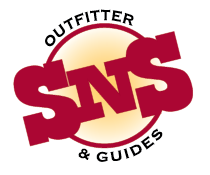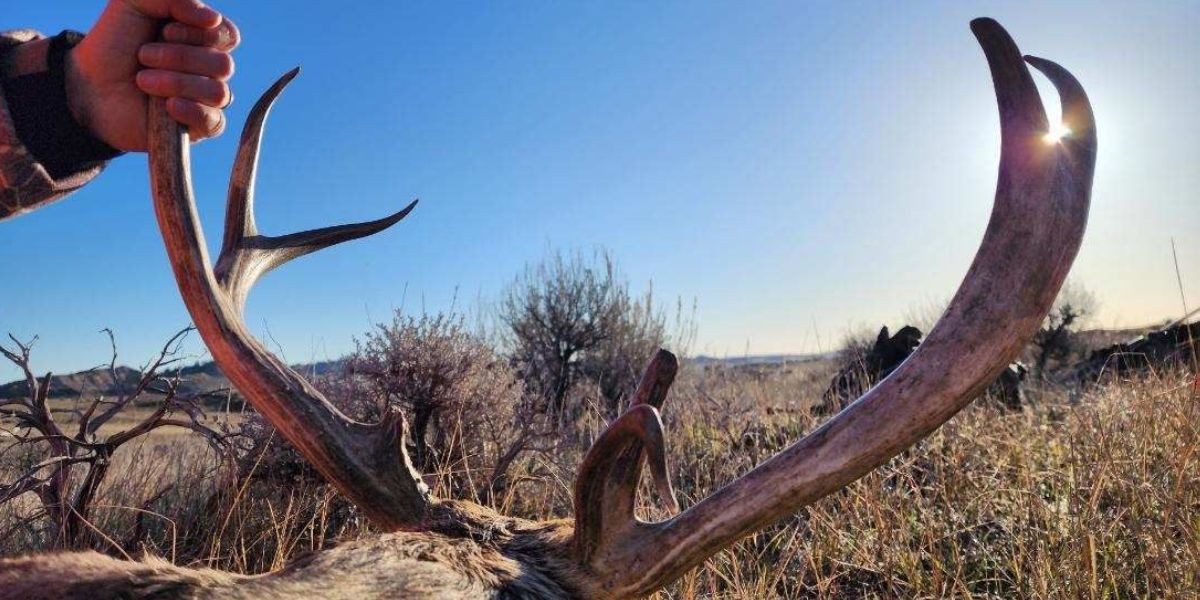This is the second part in our series on hunting mule deer. With the ever-increasing popularity of mule deer hunting, we receive a great deal of questions each year and we'd like to share some of that insight with you here. Whether high above timberline or down on the sage flats, we are passionate about chasing big mulies. Wyoming is one of the best places in the country to hunt big mule deer, and we've seen our fair share of hits and misses over the years.
In the first post in this series, we shared our 3 Rules to Follow When Glassing for Mule Deer. In this installment, we'll take a look at locating mule deer. After all, mule deer county is big - really big. On this iconic western hunt, where should you begin?
Here are our 3 rules for locating mule deer:
- Mule deer are browsers.
[caption id="" align="alignright" width="301"] 2014 Wyoming Mule Deer
Elk may be grazers, but mule deer are primarily browsers. While the territory of these two prized big game animals has some overlap here in Wyoming, mule deer have their own unique requirements. While elk can sustain themselves in heavily timbered areas with only grassy avalanche chutes and small parks for feed, mule deer tend to inhabit more open spaces.
In high alpine environments throughout the summer and early fall, mule deer often concentrate in open areas above timberline with plenty of willow, mountain avens, cinquefoil and other shrubs and seasonal forbs. Not only do these areas provide plenty of browse, but in the exposed environment above timberline, shrubs like willows provide cover, even for big bucks.
At lower elevations, the open canopy of aspen groves provide sunlight, and subsequently a host of browsing options for mule deer. As you move further down slope, gambel oak, service berry and mature sage all provide these same requirements of both browse and cover.
Wherever your mule deer adventures take you, focus your glassing on brushy areas that still hold leaves, berries or nuts. Even late in the season, mule deer can still be seen stripping the last leaves and dried morsels from a berry patch, or using subtle undulations and shallow draws to move stealthily through an otherwise open sage flat.
- Look on steep faces and hard-to-access places.
[caption id="" align="alignleft" width="341"] 2014 Wyoming Mule Deer
Mule deer, especially mature bucks, feel safe on steep hills or in isolated canyons, often with cliffs or rock outcrops at their back. These areas provide the perfect afternoon rest stop for a wary ungulate. With the afternoon thermals bringing scent uphill in their face, and with a barrier above, mature bucks are notoriously hard to get close to.
In the early mornings, look for bucks to be moving from their nighttime feeding and watering areas up to more secure locations. And during the afternoon, focus your glassing on these hard-to-access places. Keep movement to a minimum and use your glass more than your feet (see our
first article on glassing). Everything hinges on seeing that buck before he sees you. Sometimes, spotting an antler tip or and ear twitch is enough to give them away.
- Deer are lazy too. They take the path of least resistance.
Like most other game, mule deer prefer the path of least resistance. While they like to bed and feed in safe places, they will typically travel the easiest routes between the two. Their survival, especially if they are going to make it through the harsh winter months, depends on conserving energy. Every calorie is vital. They will certainly flee or cross great distances when necessary. But unless otherwise spooked or forced by weather, mule deer will often keep the same patterns day after day. Keep an eye on game trails, saddles, and other places that naturally funnel traffic.
This rule also applies to changes in weather. Elk will sometimes tolerate much greater depths of snow but as a general rule, mule deer are often the first to migrate when the weather turns south. Keep this in mind, especially during mid-season hunts. October in the Rockies can bring 60-degree days and sunshine or feet of snow. If possible, mule deer hunters need to be prepared to adjust their plans and locations accordingly.
For more information on Wyoming mule deer hunts with SNS Outfitter & Guides, please see our Mule Deer Hunting Page. You can also call us anytime with questions at 307-266-4229 or request a free color brochure of our hunts.


